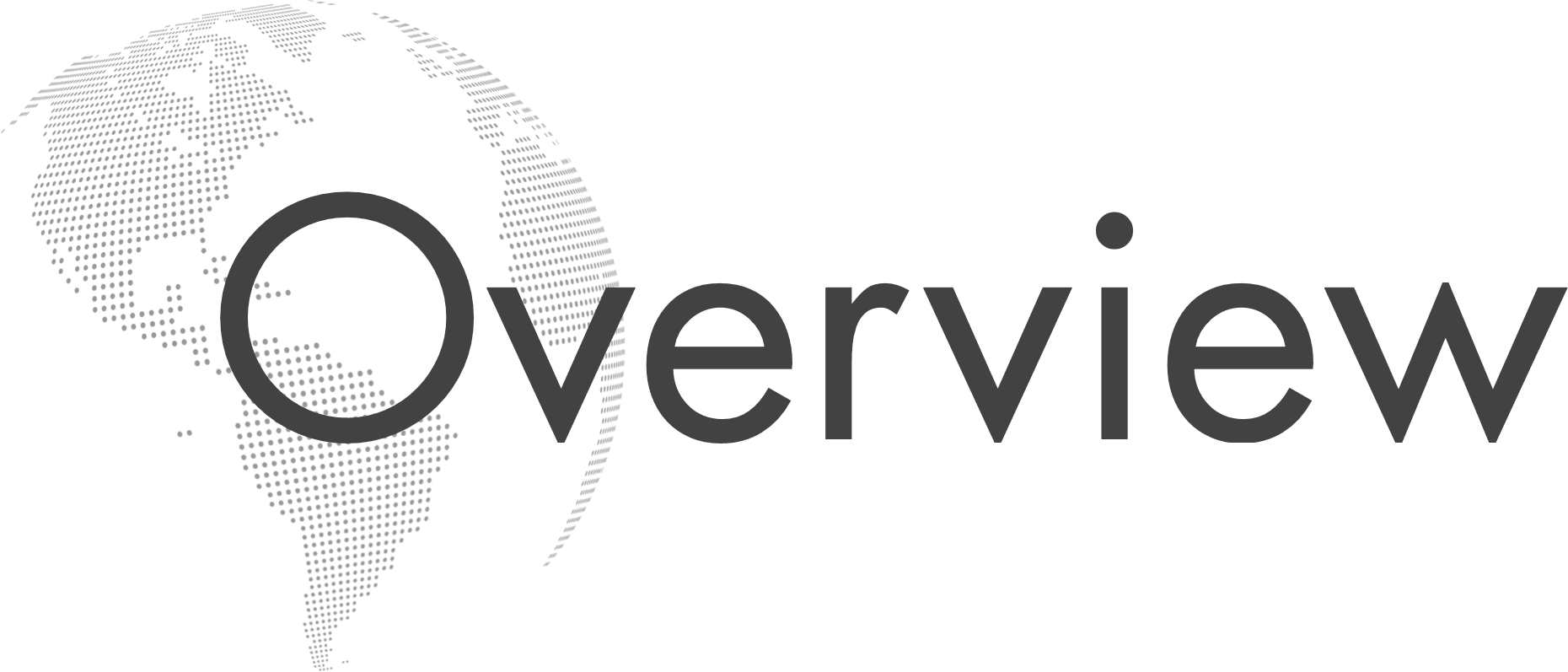New York : Should US President Donald Trump be rattled by Chinese President Xi Jinping’s extravagant military celebration attended by so many of America’s main adversaries?
Much of the analysis has tended to frame the gathering through a geopolitical lens, and the temptation to see everything as a message to Trump is a syndrome – one that afflicts the US president himself.

“I thought it was a beautiful ceremony – I thought it was very, very impressive,” Trump enthused in the Oval Office. “But I understood the reason they were doing it. They were hoping I was watching, and I was watching.”
It would be silly and indulgent to think Xi’s parade, marking the 80th anniversary of the end of the Sino-Japanese war, was for Trump’s benefit. This was an important milestone in China’s history, and the display of military might is textbook stuff from an authoritarian regime.
Nonetheless, a gathering of many significant non-Western leaders in Beijing this week – Russian President Vladimir Putin, North Korean dictator Kim Jong-un, India’s Narendra Modi and Iran’s Masoud Pezeshkian – is difficult to ignore for the alternative it presents to Western power and American leadership.
Loading
Does it matter? Not really, says historian and Johns Hopkins professor Sergey Radchenko, who wrote on his blog that despite the striking optics of this week’s leadership meetings, “I struggle to understand why seeing Xi, Putin and Modi chit-chatting is something we are supposed to have a heart attack over”.
Still, Modi’s visit to Beijing for talks before the parade – his first trip to China since 2018 – does further complicate an already strained US-India relationship, even if he flew home before the big event.
Trump has been vicious towards New Delhi, hitting India with 25 per cent tariffs (higher than Pakistan, Thailand, Cambodia and most other countries), then hiking the rate to 50 per cent as punishment for purchasing Russian oil.
